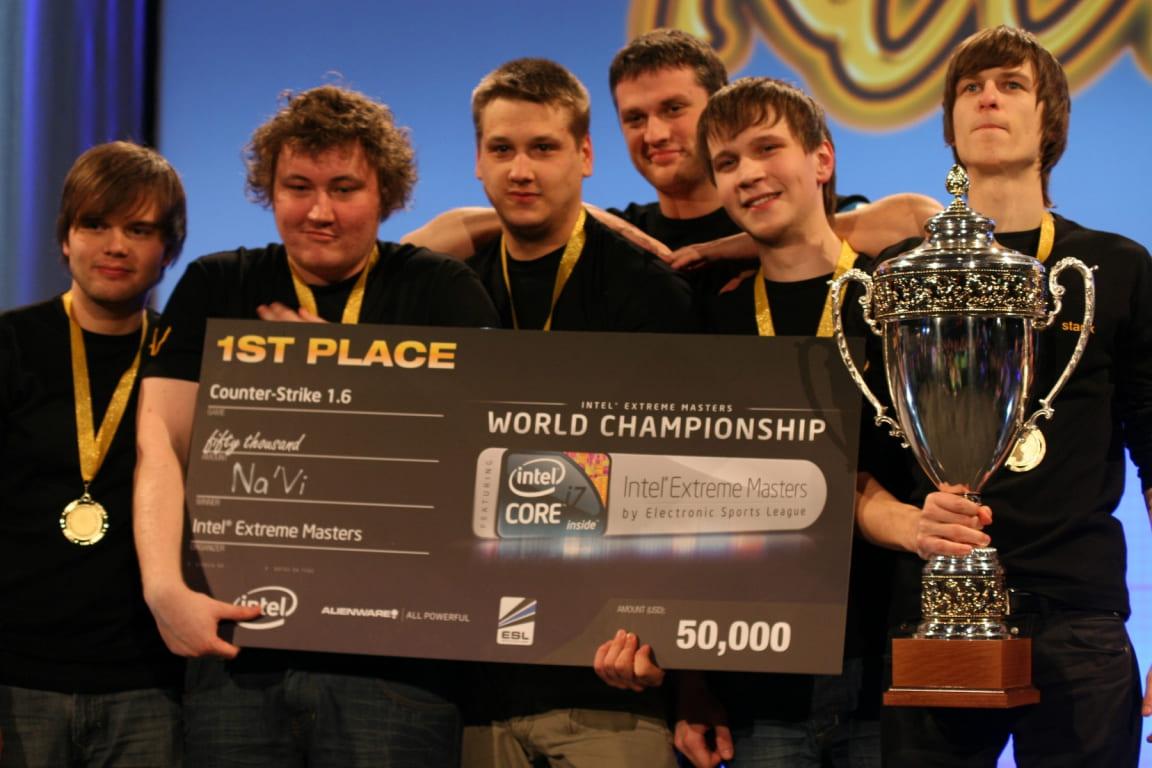How Competitive Gaming Became a Multi-Billion Dollar Industry
I’ve always admired how esports has transformed from a simple hobby into a full-fledged industry with billion-dollar revenues. Just ten years ago, few believed that professional players could earn on par with famous athletes. But today everything has changed: tournaments attract audiences of millions, sponsors are lining up, and broadcasts air during prime time. Esports has become a part of mainstream culture, and I believe its success is no coincidence. Let’s take a closer look at the factors that made the gaming industry so profitable.
Growing Interest in Professional Play
In my opinion, it all started with the players’ own interest. People have always been fascinated not just by playing games, but by competing and proving their skills. Back in the early 2000s, I remember seeing local Counter-Strike tournaments draw crowds, even though the prize pools were purely symbolic. Over time, esports attracted a new audience — players who weren’t just looking for entertainment but dreamed of success and becoming part of the professional scene.
With the rise of streaming platforms like Twitch and YouTube, it became easier to watch top players — and dream of following in their footsteps. Broadcasts turned players into stars, and their stories inspired newcomers. As games like CS:GO, League of Legends, and Valorant grew in popularity, so did the demand for a better gaming experience. Fans wanted not just to watch, but to understand the mechanics, to learn, and to improve.
I noticed that newcomers were interested not only in strategy but also in technical aspects: mouse sensitivity, field of view, crosshair settings. Many beginner players try to improve their aim by choosing the perfect settings to feel the game like the pros. I personally used tools like valorant sensitivity converter more than once to adapt settings from other games and get used to the new gameplay faster. It saves time and lets you jump straight into practice without losing efficiency.
All of this fueled the audience’s interest and drove the growth of competitions: people wanted not just to play, but to compete, improve, and reach new levels. Now I see that the desire to compete has become part of gaming culture. Everyone wants to test themselves, even at a local or online level. And in my opinion, this competitive spirit is one of the key reasons why the industry has grown so fast.
Investments and Sponsorship Deals
As the audience grew, esports attracted investors. I believe large investments played a key role in turning the industry into a billion-dollar business. Companies saw potential not only in viewership but also in audience engagement — esports fans proved incredibly loyal, ready to support their idols and follow every update.
Sponsors like major tech brands, energy drink producers, and sportswear companies began pouring millions into teams, tournaments, and individual players. Their logos appeared on jerseys, broadcasts, and event venues. Full-fledged leagues with massive prize pools emerged, like The International for Dota 2, League of Legends championships, CS:GO Majors, and others.
For players, this was a breakthrough: they could make a living doing what they love and earn a respectable income. Tournament standards also improved — professional arenas appeared, technical setups reached traditional sports levels, and contracts were signed with media companies. I’ve noticed more startups and investors continue entering the industry, offering new formats, platforms, and fan services. All of this creates a solid financial foundation for modern esports.
The Role of Media and Broadcasting
I’ve noticed that media has become a real catalyst for esports’ popularity. Regular broadcasts, highlights, interviews — all of this has made competitions accessible and interesting even for those who rarely play. Thanks to YouTube, Twitch, and other platforms, more people connected with this world without even entering the game. I feel broadcasts have turned players and teams into recognizable heroes you want to follow season after season.
Personally, I started following tournaments through clips and reviews because they help me quickly understand the meta, who’s in form, and who’s falling behind. Sometimes there’s no time for a full match, but short highlights keep you updated and part of the conversation. The arrival of professional analysts and commentators turned broadcasts into real shows, comparable to traditional sports. They don’t just comment — they explain strategies, player decisions, and mistakes.
I’ve also seen how media teams create more original content: documentaries, behind-the-scenes videos, player challenges. This builds a stronger connection with fans and fosters a sense of belonging. I think this approach has made esports more approachable and turned it into a true part of modern media culture.
Development of Infrastructure and Ecosystem
Beyond players and tournaments, it’s important to recognize that an entire ecosystem has formed around esports. I believe it’s not just about teams and leagues, but also coaches, analysts, managers, media companies, and platforms for organizing matches. The industry has grown so much that now it employs hundreds of professions that once seemed unrelated to video games: lawyers, PR specialists, sports psychologists, physiotherapists. All of this is necessary to maintain high team competitiveness and ensure a professional approach.
Many major organizations are opening their own training facilities and developing youth rosters to nurture talent within the organization. Academies are emerging to raise new champions, help them adapt to the stresses of competition, and teach not just game mechanics but also discipline and teamwork. I’ve noticed that teams are increasingly creating their own merch brands, signing contracts with well-known designers, and opening fan shops — all of this is also part of the ecosystem.
In addition, technologies for refereeing, anti-cheat systems, online tournament platforms, and apps for tracking statistics are developing. All of this creates a long-term foundation that allows the industry to grow steadily and attract new participants and viewers. I think it’s this multilayered nature that makes esports so resilient: even if one discipline loses popularity, the infrastructure remains and adapts to new trends.
Conclusion
When I think about what esports was like 10–15 years ago and what it has become today, I realize that we’re living in a unique time. The gaming industry has managed to combine the passion of players, the support of audiences, the interest of investors, and the attention of the media. What once seemed like a hobby has turned into a full-fledged profession and a part of global culture. Every year brings new tournaments, disciplines, and formats, and I’m confident that its growth has only just begun. Ahead of us are new opportunities for players, coaches, managers, analysts — for everyone who wants to build a life around games. And I believe the most exciting part of this journey is still yet to come.







